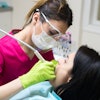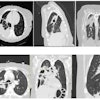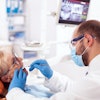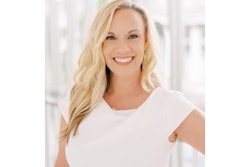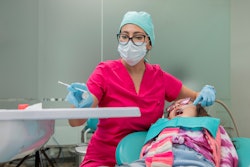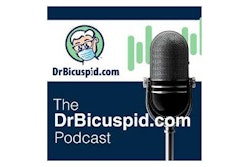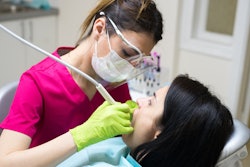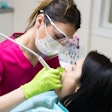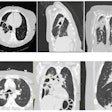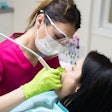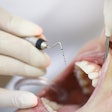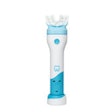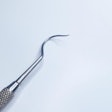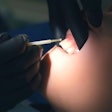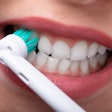When we talk about the future of dental hygiene, it’s easy to get stuck on the idea of “mobility” or titles. Does a hygienist become a lead hygienist? An office manager? Go back to get additional certifications?
While those are valid questions, they only scratch the surface. The pathway forward isn’t just about titles, it’s about creating practice cultures and organizational frameworks where hygienists can deliver personalized, evidence-based care without being constrained by outdated models or reimbursement pressures.
 Kelly Tanner, PhD, RDH.
Kelly Tanner, PhD, RDH.
At its core, it is about partnership. A dental hygienist should not be viewed as an interchangeable provider of prophys but as a collaborator who grows alongside the dentist and the practice. That growth happens when we invite hygienists into the bigger picture of where the practice wants to grow. Some collaborative actions include:
- Teach hygienists how to read a cone-beam computed tomography image.
- Involve them in airway education and sleep medicine training.
- Engage your hygienists in medical-dental integration, like salivary testing or systemic health discussions.
When hygienists are empowered to think and act as partners and not just employees, the practice expands its capacity, its quality of care, and its value to patients.
Just last week at the South Carolina Dental Hygienists’ Symposium, a fascinating idea came up: What if we created a triage role similar to medicine? Imagine a hygienist as the intake provider: reviewing medical histories, capturing radiographs and 3D scans, assessing for sleep apnea risk, even completing salivary testing.
The providing dentist would enter the room, and the groundwork is already done. This is not only efficient but is also a better reflection of how modern healthcare operates. Patients expect a team-based approach, and hygienists are uniquely qualified to deliver it.
Of course, not every hygienist or dentist is interested in this level of collaboration, and that’s OK. But what if we began to support each other’s growth and invite one another into the process? Not as titles and not as hierarchy, but as colleagues.
Imagine the difference if more dentists pulled their hygienists into training on airway, sleep medicine, or 3D imaging. Imagine hygienists, in turn, sharing insights on prevention, patient motivation, or systemic health connections that strengthen the practice’s approach to care.
This isn’t about adding layers of complexity, it’s about building trust, curiosity, and respect across roles. When dentists and hygienists invest in each other’s growth, the whole team rises, and patients benefit from care that is not only more efficient but also more holistic.
This vision requires one important shift: alignment. When hygienists and dentists share a treatment philosophy, collaboration becomes seamless. The frustration many hygienists feel today stems from misalignment, when their clinical judgment points one way, but the practice systems or reimbursement models pull them another. Leadership, in this context, means creating clarity and shared purpose so that everyone -- the dentist, the hygienist, and the team -- moves in the same direction.
The future of dental hygiene, like any profession, is not defined by a title. It is defined by how we integrate hygienists into the full scope of patient care, respect their expertise, and invest in their growth.
When hygienists are treated as partners in advancing dentistry -- not merely as support staff -- the impact goes beyond retention: We build sustainable practices, elevate patient outcomes, and restore fulfillment to a profession essential to oral and systemic health.
Partnership. Growth. Mutual respect. That’s the pathway forward.
Kelly Tanner, PhD, RDH, is a contributing author to DrBicuspid, where she shares insights and strategies to empower dental hygienists in their careers. As a leader in clinical training, professional development, and team dynamics, Tanner provides resources to help hygienists elevate their practice and personal growth. For further support, join her free Facebook group, Next Level Dental Hygiene Career and Personal Development, and explore group training and on-demand courses at www.nextleveldentalhygiene.com.
The comments and observations expressed herein do not necessarily reflect the opinions of DrBicuspid.com, nor should they be construed as an endorsement or admonishment of any particular idea, vendor, or organization.

